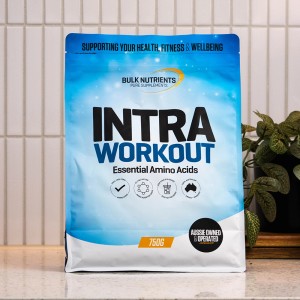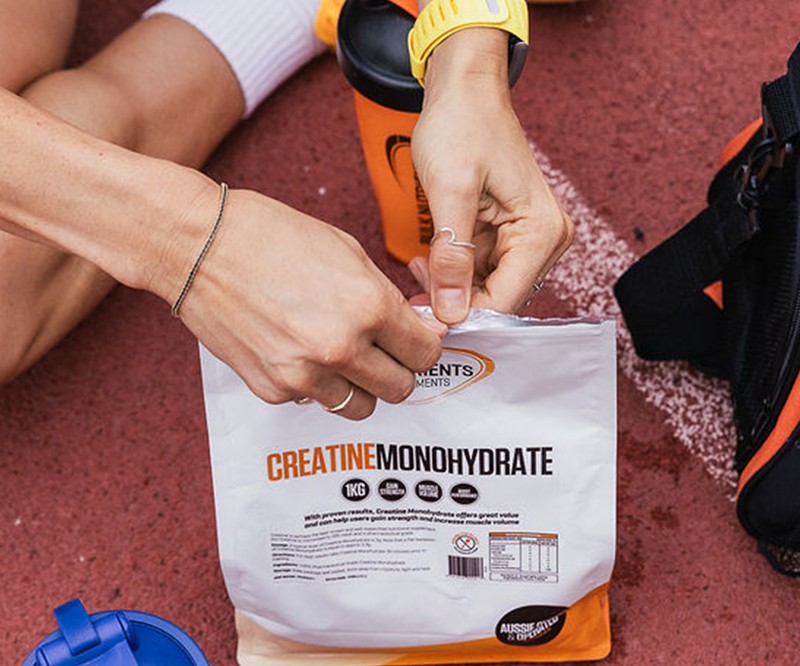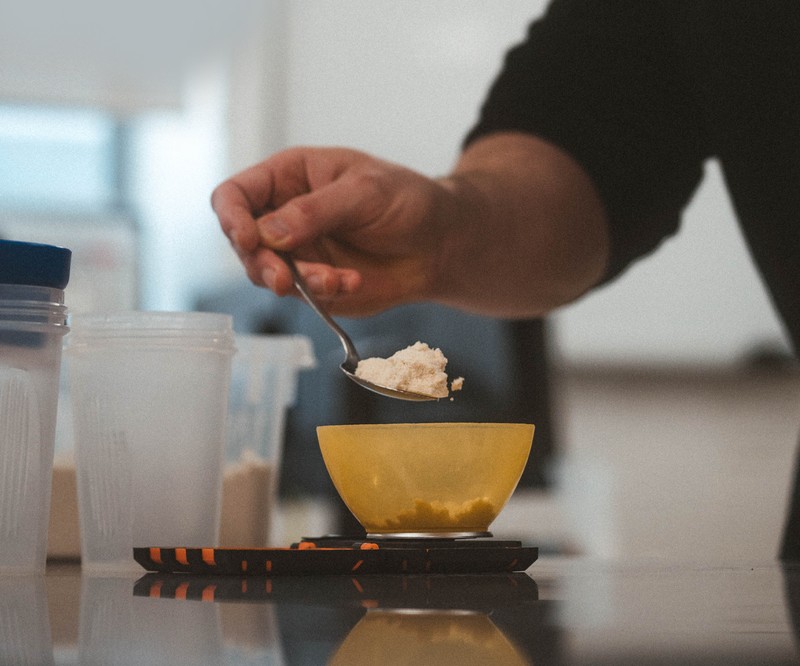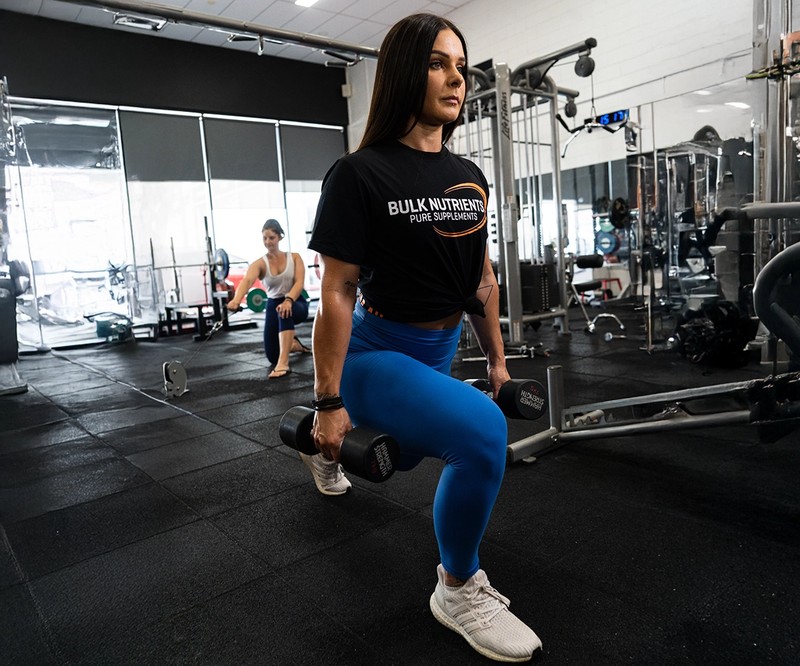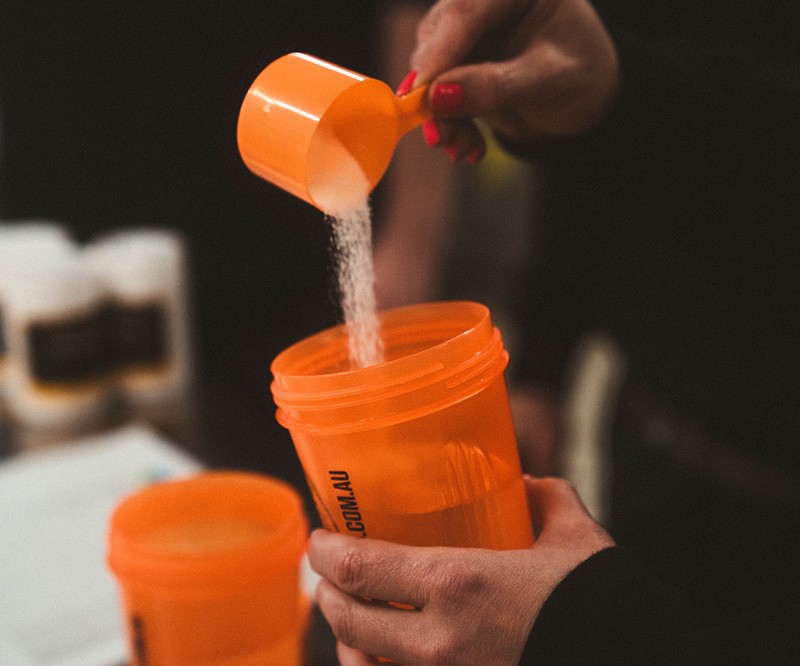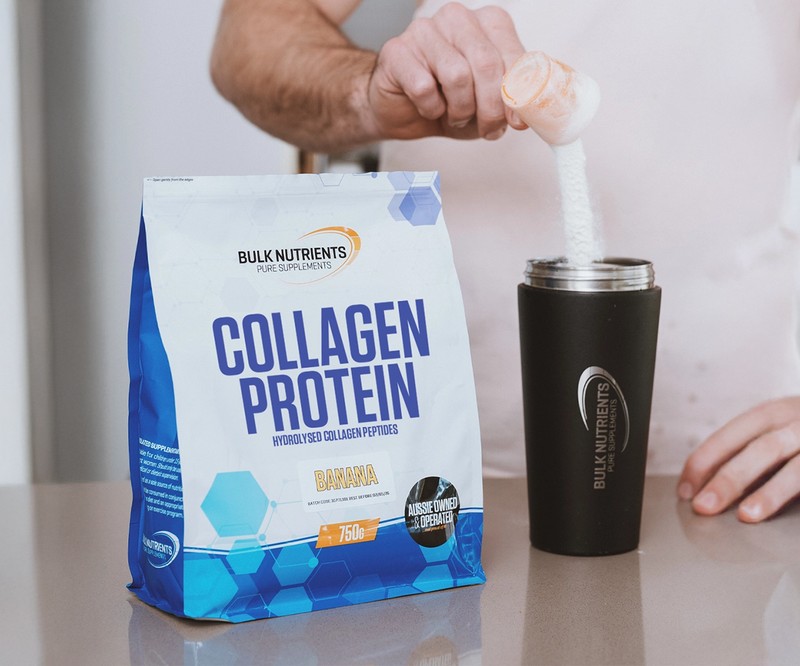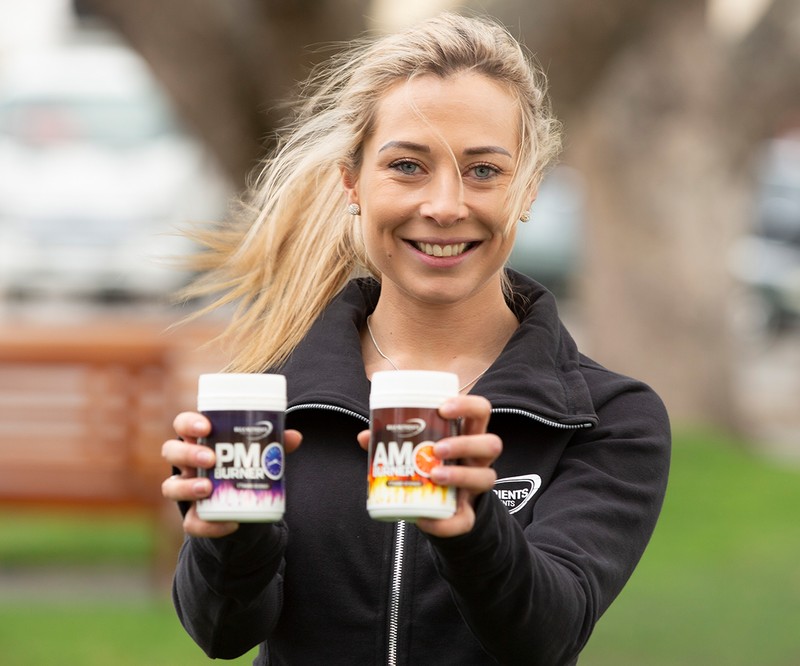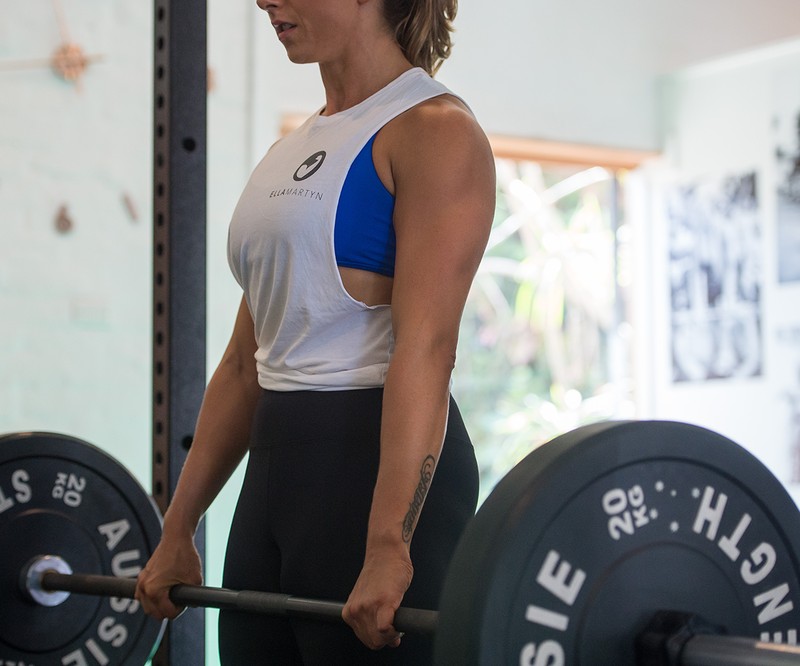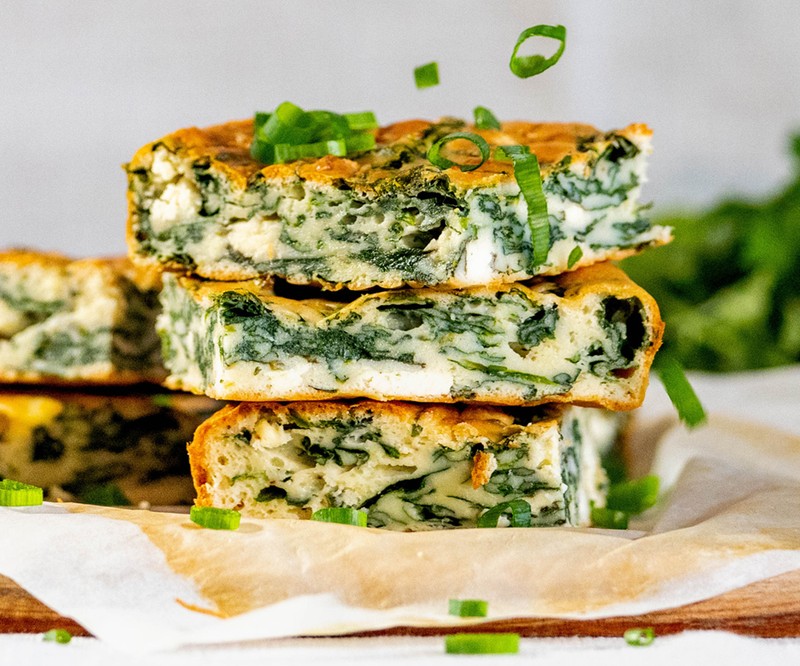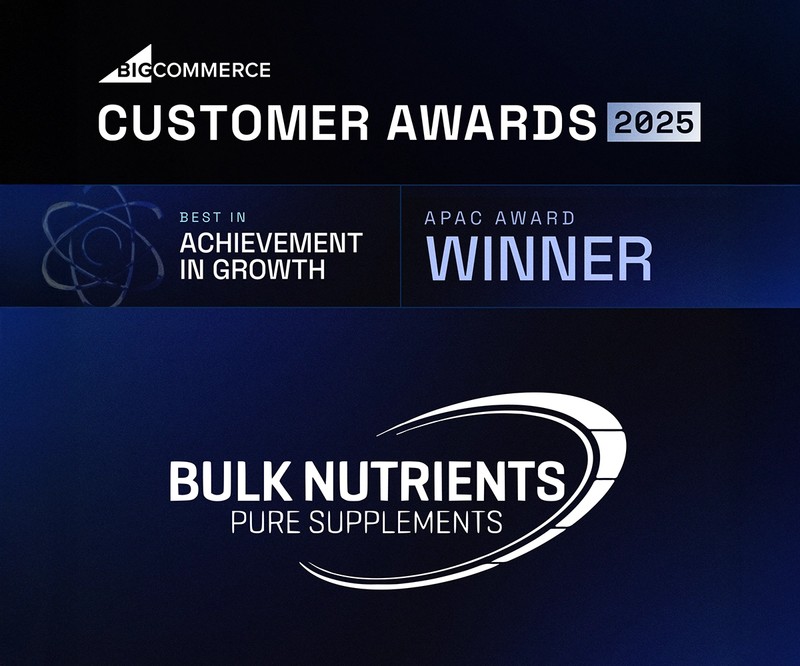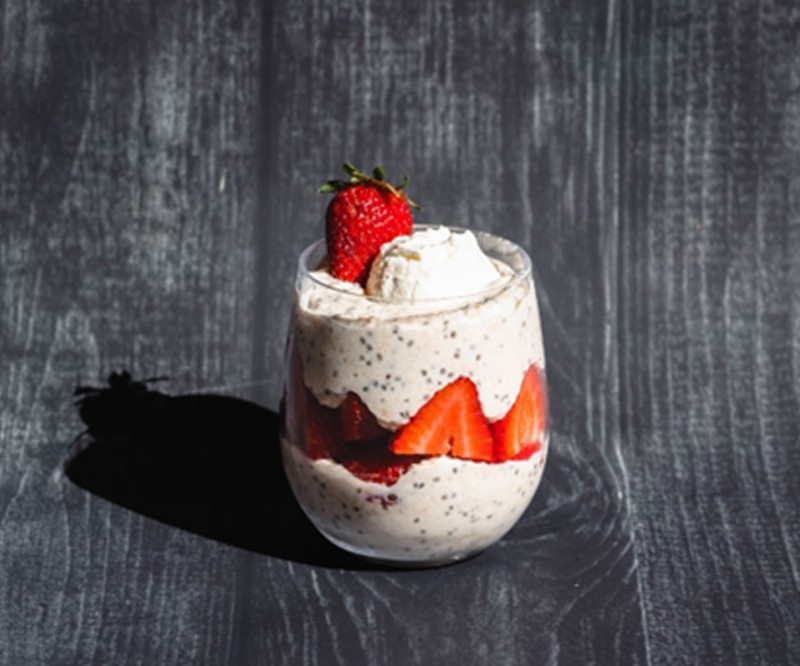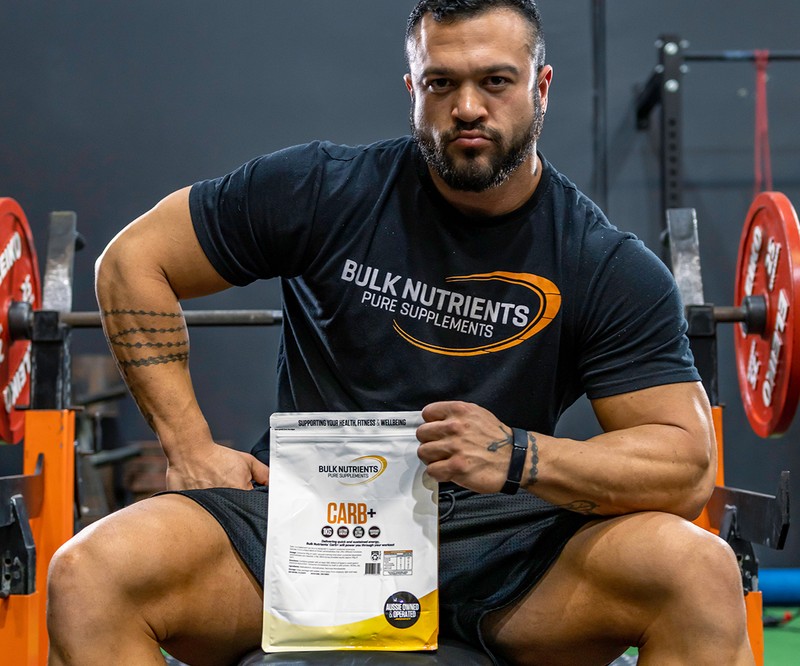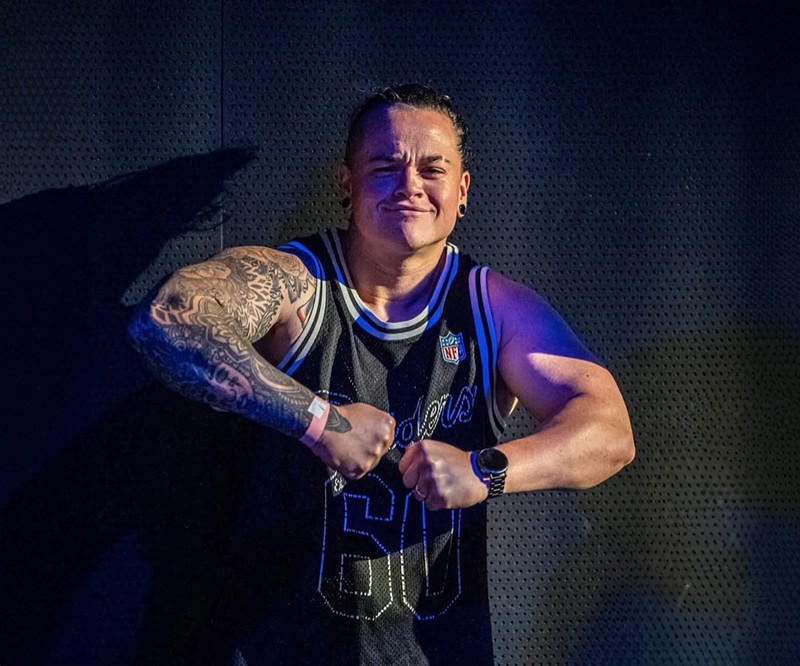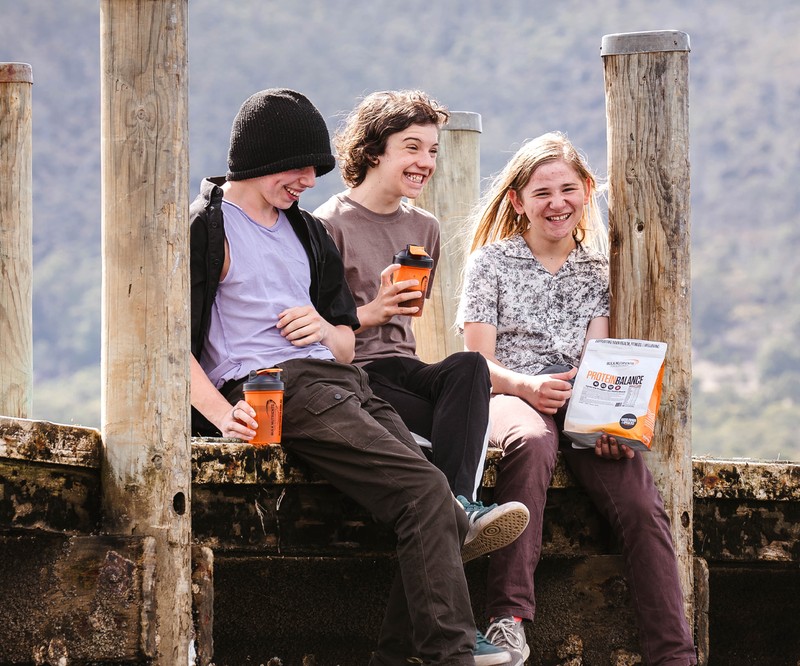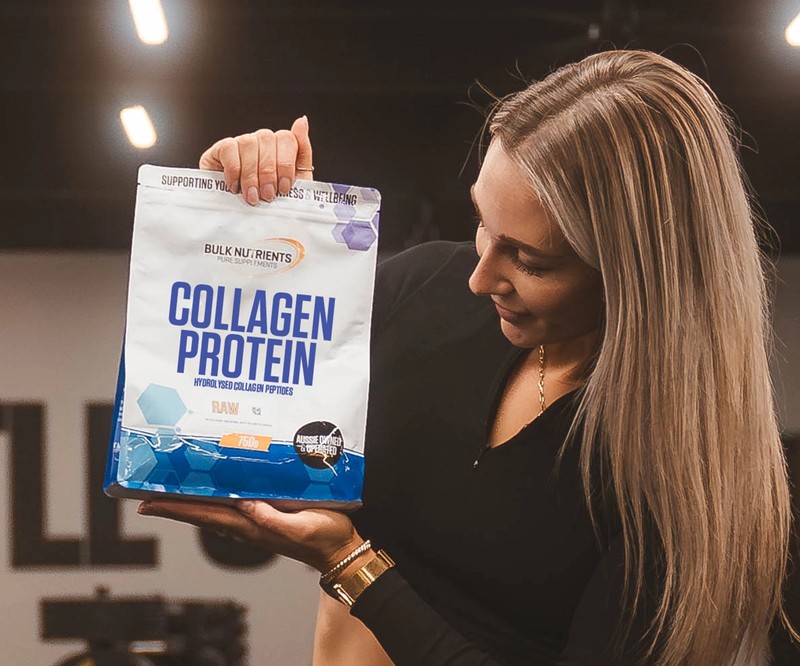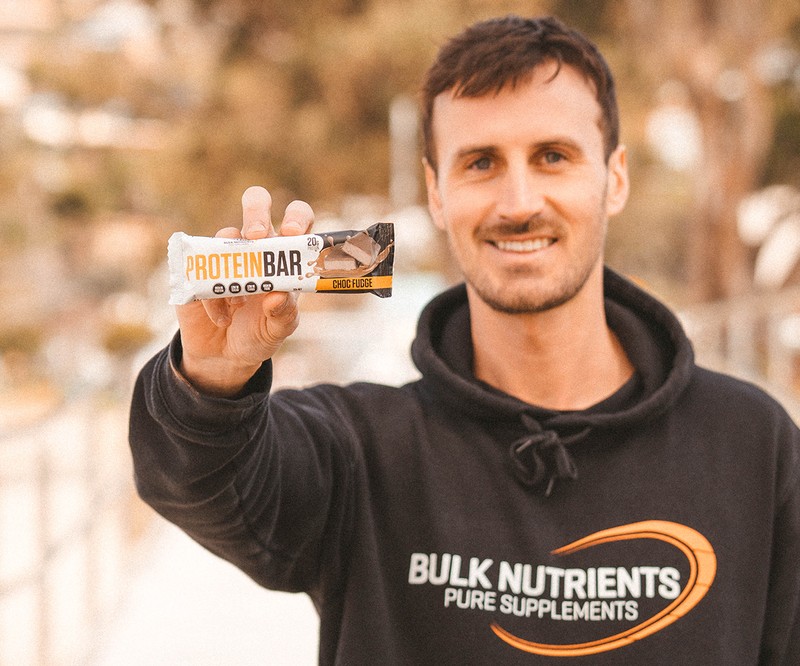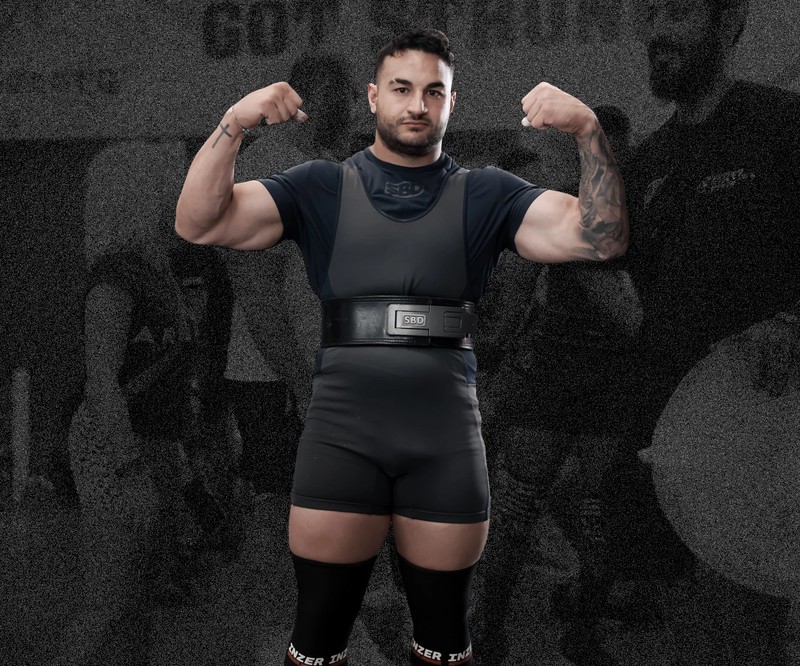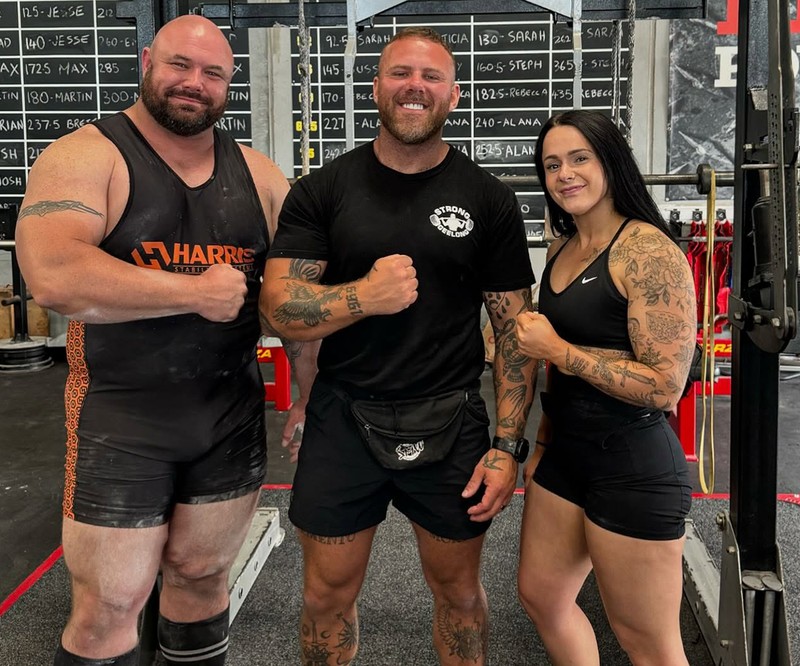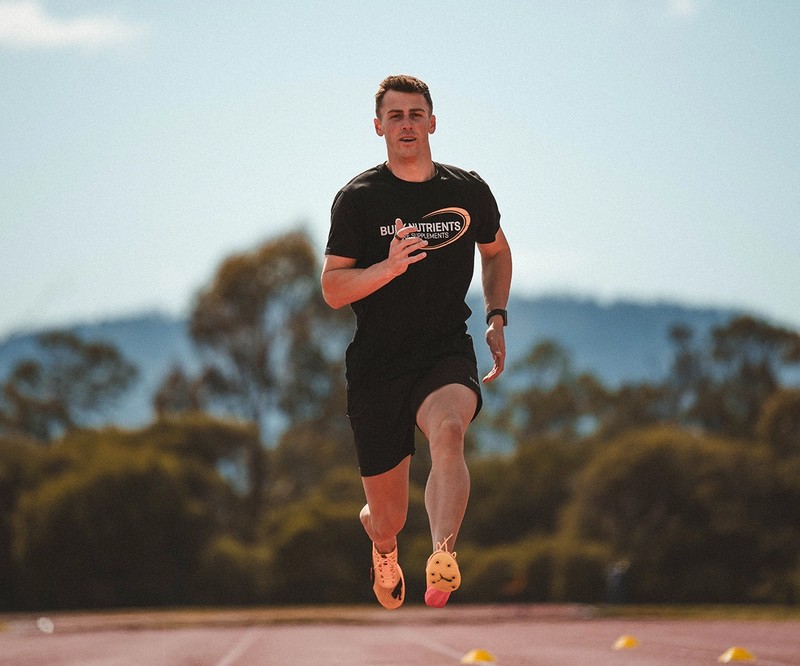Intra Workout - Our Delicious Vegan Protein Drink
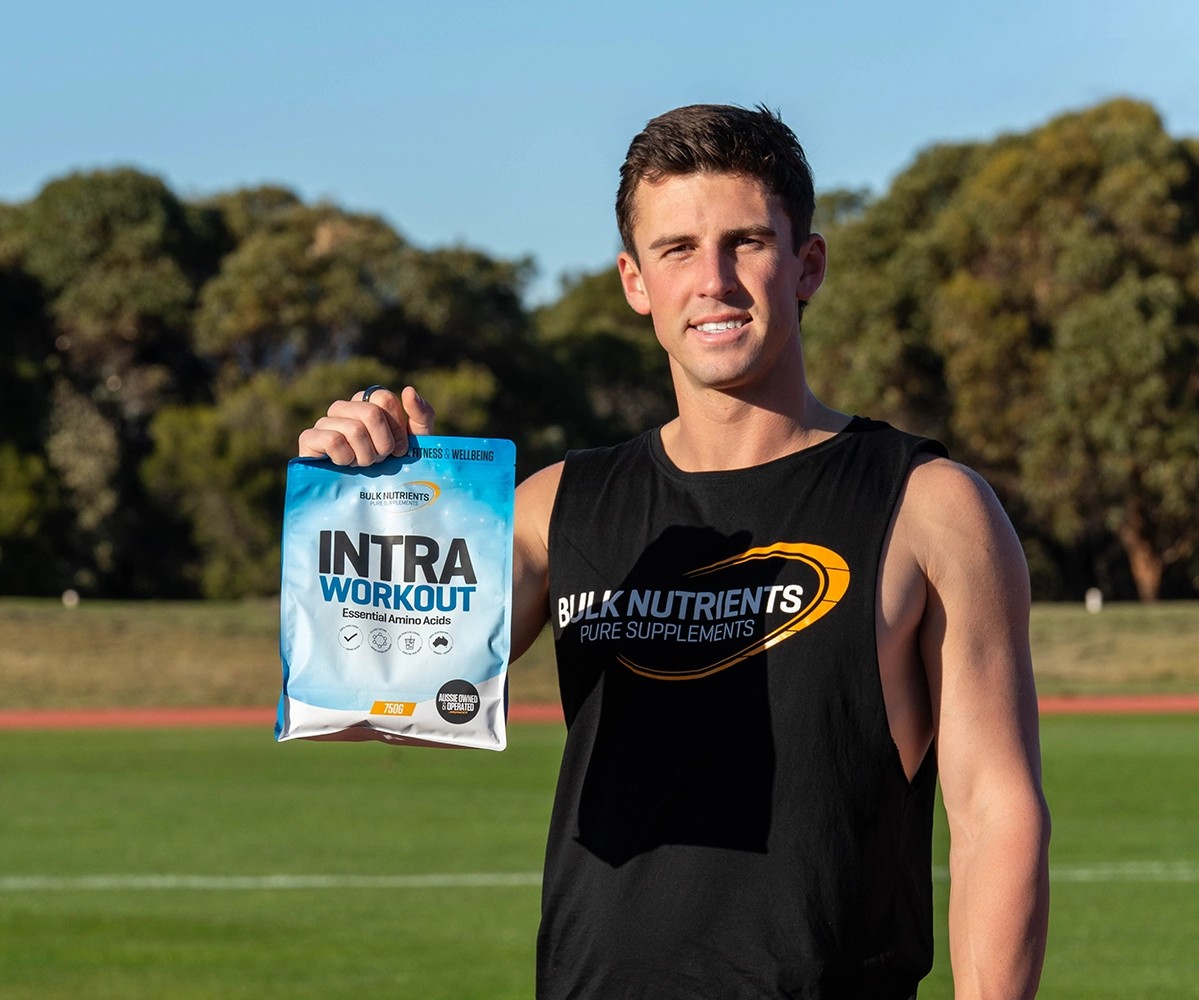
How Whey Protein Became a Bodybuilder’s Best Friend
For the past couple of decades, Whey Protein Isolate (WPI) and Whey Protein Concentrate (WPC) have been the go-to supplements for bodybuilders and athletes. Derived from cow’s milk during the cheese-making process, whey is naturally high in protein, low in fats and carbs, and once flavoured, pretty enjoyable to drink.
Whey’s popularity comes down to the science: it’s one of the most well-researched supplements in the world. Study after study has shown whey protein supports muscle growth and recovery — not just in bodybuilders, but in athletes and everyday gym-goers too.
Because of its excellent amino acid profile (rich in both BCAAs and EAAs), whey has earned its place as a trusted protein source. But while it’s the most researched, it’s not the only effective option — and that’s where alternatives like Intra Workout come in.
The Rise of Plant-Based Proteins
In recent years, plant-based proteins have exploded in popularity, with soy, pea, and rice leading the charge. At Bulk Nutrients, we’ve been part of this movement for a long time with products like Earth Protein — something close to our hearts, given how many of our team are vegan or vegetarian.
Advances in processing and formulation have made today’s plant proteins far more nutritious, better tasting, and easier to mix than they were even a few years ago. Feedback from our customers has been clear: the latest generations of plant proteins are better than ever, and they’re here to stay.
But while plant proteins are a fantastic option, Intra Workout takes things a step further. Instead of relying on whole protein sources, it’s built entirely from free form amino acids — delivering a complete protein profile in a lighter, faster-absorbing form.
Switching From Whey Proteins to Alternatives
There are plenty of reasons people look beyond whey proteins.
Being dairy-based, whey isn’t for everyone — whether due to lactose sensitivity, dairy allergies, or simply a preference for non-animal, more easily digestible options. For others, the choice comes down to lifestyle or values, with many moving toward plant-based proteins for ethical or environmental reasons.
Plant-based blends like soy, pea, and rice have stepped up as great alternatives, and products like our Earth Protein have shown just how good they can be.

Why Intra Workout Stands Apart
For years now, we’ve taken a different approach to protein. While whey, soy, pea, and rice remain popular, Intra Workout is built entirely from free form amino acids.
At Bulk Nutrients, we’ve always offered amino acids like Glutamine, BCAAs, and EAAs as raw ingredients. With Intra Workout, we combined them into a complete, balanced formula that delivers all the BCAAs, all the EAAs, plus additional conditional amino acids — creating a profile that rivals (and even surpasses) traditional protein sources.
When we first developed it, the challenges were real: free form amino acids are notoriously hard to flavour (if you’ve ever tried raw BCAAs, you’ll understand) and more expensive to produce than standard proteins. But years of refining the process means today’s Intra Workout is not only proven, but great-tasting too.
Timing Is Everything — And It’s Intra Workout Time
A few key factors continue to make Intra Workout more relevant than ever.
Dairy prices consistently fluctuate, while free form amino acids have become more functional and affordable. On top of that, our R&D team has kept refining their formulation skills, working closely with flavour specialists to ensure Intra Workout tastes as good as it performs.
The result is a product that delivers the fast absorption of free form amino acids with the completeness of a full protein source. With a 25g serve, Intra Workout can be used during training, after training, or as a convenient, light alternative to traditional protein powders.
So What Is Intra Workout?
Intra Workout is a protein alternative made entirely from free form amino acids — delivering a unique 25g serve that’s light, fast-absorbing, and completely dairy free. With over 90% protein content, zero fats, and very low carbs, it’s one of the purest ways to support recovery and muscle growth.
Unlike whey or plant proteins (where amino acid ratios are fixed by nature), Intra Workout was formulated from the ground up. This meant we could tailor the amino acid profile based on proven research, ensuring optimal levels for muscle growth, repair, and performance.
Each 25g serve contains:
- The same amount of EAAs as a 30g serve of WPI
- Even higher levels of BCAAs
- 5g of L-Glutamine, instead of the less effective glutamic acid found in whey
- A total of 15 amino acids — covering all essentials, plus additional conditionals for a complete spectrum
The result? A clean, efficient, and versatile supplement that can be used during training, post-workout, or anytime you want a light, fast-digesting protein source.
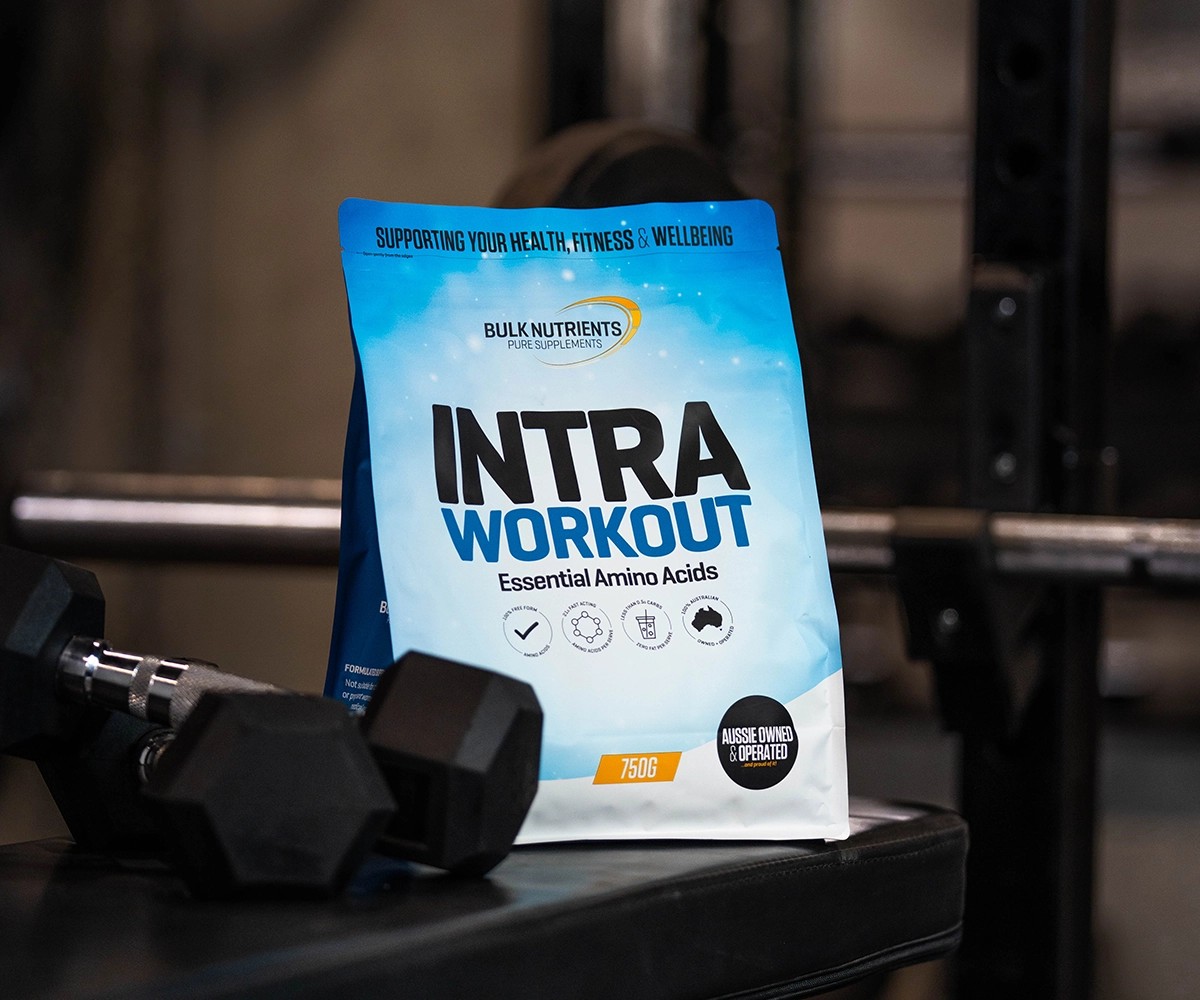
What does the science say about Intra Workout?
Intra Workout was designed in collaboration with a biochemist and is built on extensive research into how amino acids support muscle growth and recovery.
One of the most interesting findings from the research was that smaller serves of EAAs can be just as effective as larger serves of whey protein, provided the total EAA content is the same. Studies suggest that 10–12g of EAAs is a key threshold — and when this was compared to much larger whey servings with equivalent EAA levels, the results were very similar.
Building on this, Intra Workout also includes carefully selected non-essential amino acids for their additional benefits, such as:
- Glutamine – supports recovery and immune function.
- Glycine – plays a role in creatine synthesis.
- Citrulline Malate – supports vasodilation and increases circulating arginine more effectively than arginine itself.
The final 25g serve size wasn’t chosen at random — it was designed to provide the right balance of aminos for performance, while also acting as a true 1:1 replacement for a whey protein shake.
How Is Intra Workout Different to Protein Water?
It’s easy to see why people compare the two — on the surface, Intra Workout and Protein Water look similar. Both are clear, flavoured drinks that mix easily with water.
But the key difference lies in where their protein comes from:
- Protein Water is derived from collagen and whey protein isolate (WPI).
- Intra Workout is built entirely from free form amino acids, including all the essential amino acids (EAAs).
So while both products are light, refreshing, and convenient, Intra Workout functions more like a complete protein alternative — designed for rapid absorption during or after training.
So, Is Intra Workout a Replacement for Whey?
That really comes down to how you like to supplement — but what makes Intra Workout stand out is its flexibility.
With a clean, refreshing taste in flavours like Cola, Berry, Pineapple, Lemonade, and Mango & Passionfruit, some find it a refreshing alternative to heavier, milky protein shakes. While it may not be your go-to for blending into smoothies, it’s unbeatable when you want something light and cooling — especially during or after a hot, sweaty training session (try it over ice or with sparkling water!).
Who it’s great for:
- Bodybuilders looking for rapid amino delivery after intense lifting.
- HIIT athletes or endurance trainers needing a light, fast-absorbing option mid-session.
- Anyone cutting calories or prepping for competition who wants a high-protein, low-carb, dairy-free supplement.
- Those with lactose sensitivities or who find whey-based proteins harder to digest.
How to use it:
- Best taken during training, but it's also great before or after, thanks to its rapid absorption.
- Works alongside whey or plant proteins as an additional protein source.
- Not ideal right before bed, when a slower-digesting protein (like casein) is more suitable.
In short, Intra Workout doesn’t have to replace whey — but it can if you want it to. Many people find it works perfectly as a complement to their existing routine, while others prefer it as their main protein source.
I’m Convinced — How Do I Get Intra Workout?
That’s the easy part. Head over to our Intra Workout page, choose your favourite flavour, and place an order.
If you're still deciding, why not try a free sample first before committing to a full bag?
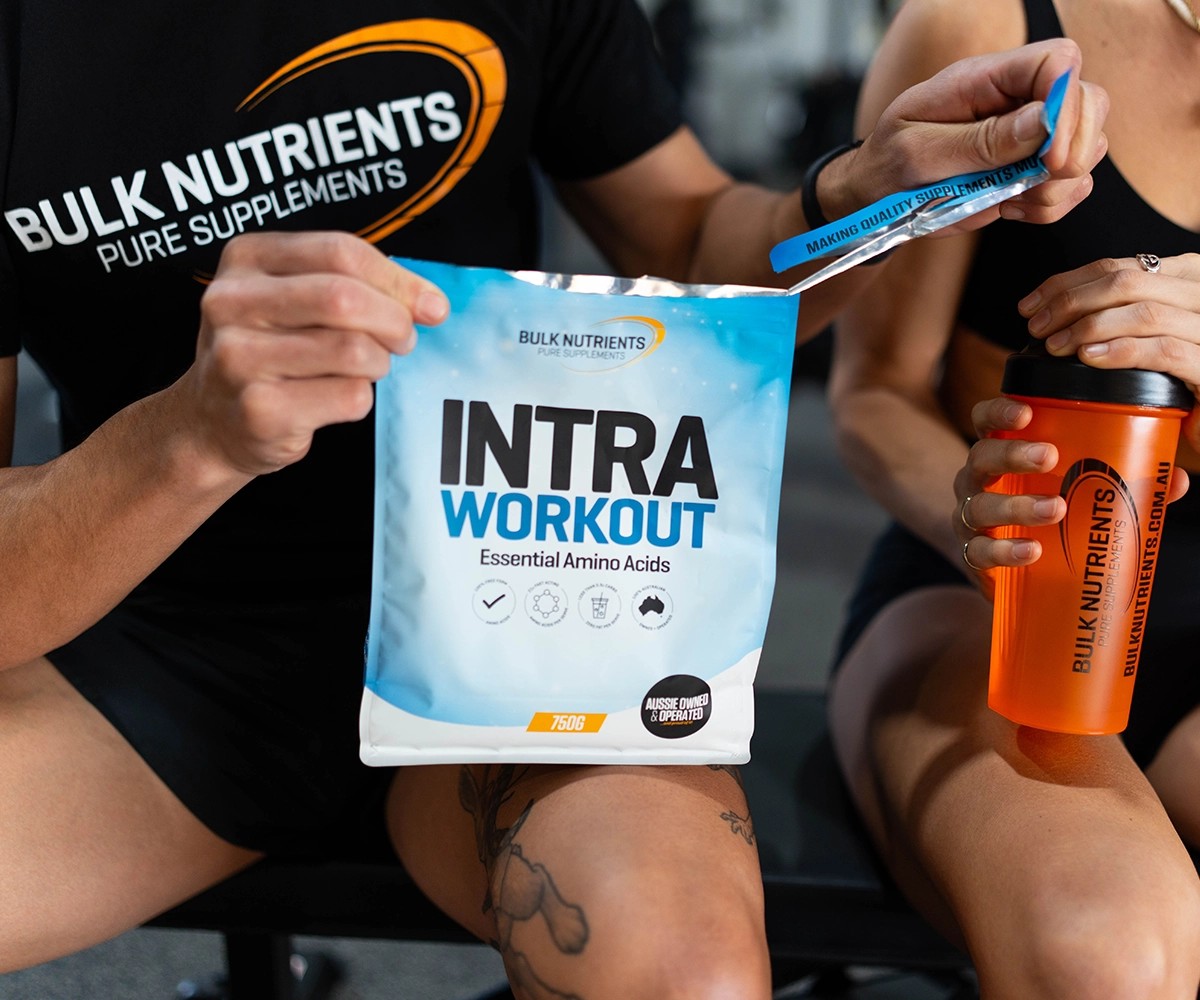
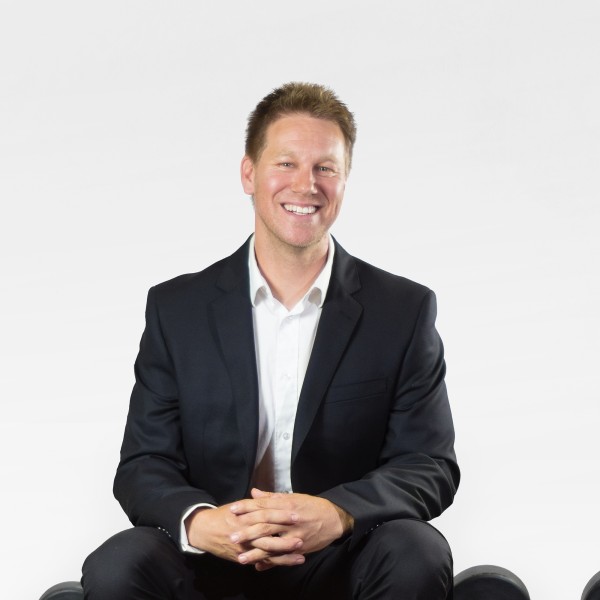
Ben Crowley, founder of Australia's top sports supplement brand, Bulk Nutrients, combines two decades of industry experience with a commitment to employee work-life balance and career growth.
A firm believer in quality, Ben founded Bulk Nutrients to provide affordable, high-quality products, even amid global challenges.
Apart from business, he enjoys family time, outdoor activities, and adrenaline-charged car projects.
More about Ben CrowleyReferences:
Related Blogs

How to Get the Best Results Using Intra Workout
Posted by Ben Crowley
Estimated reading time: 6 minutes
